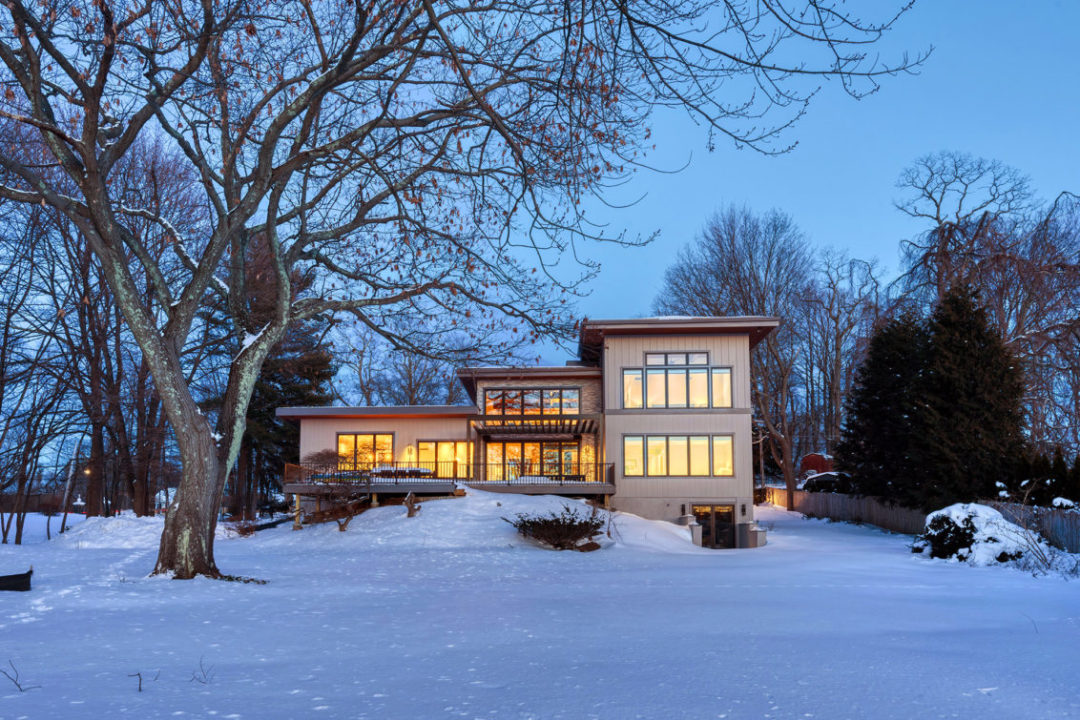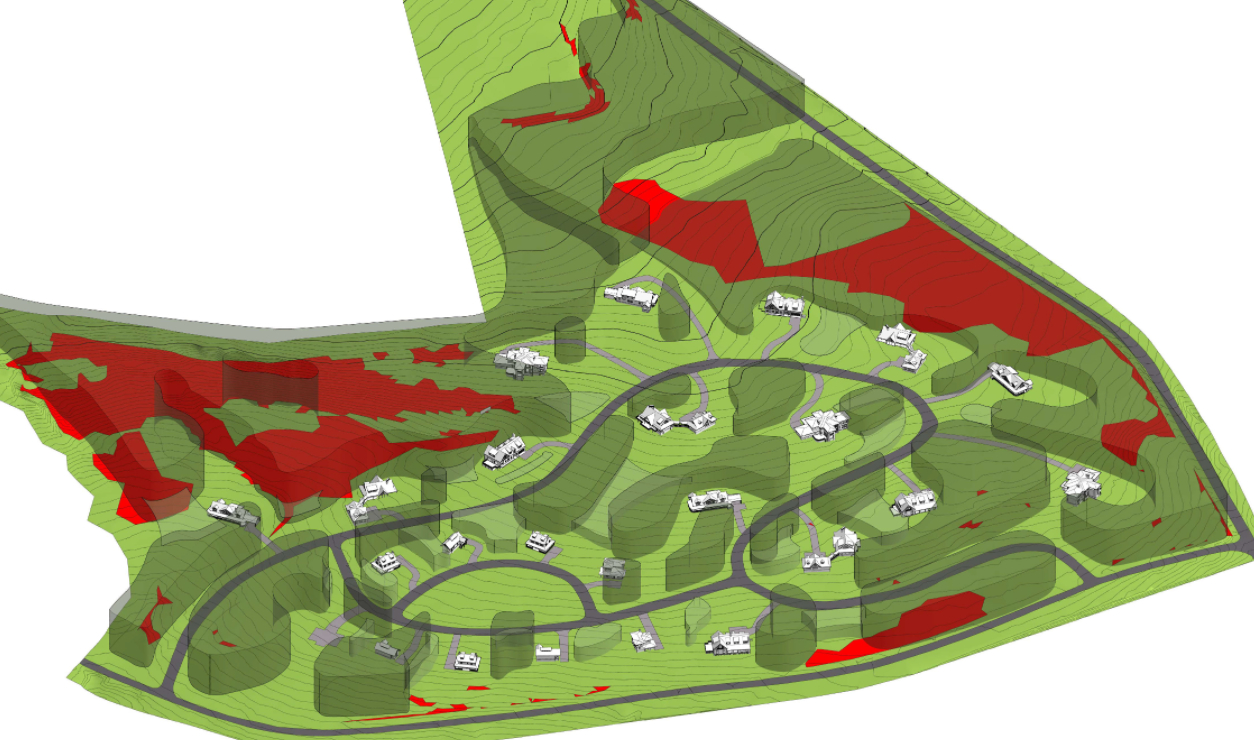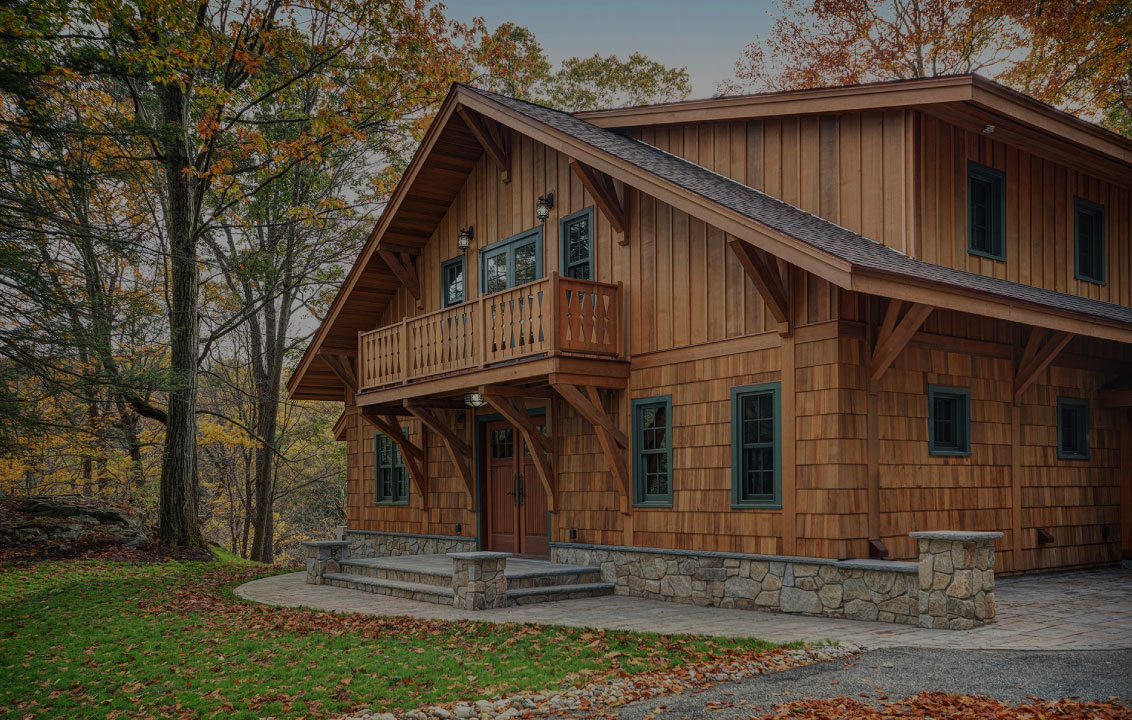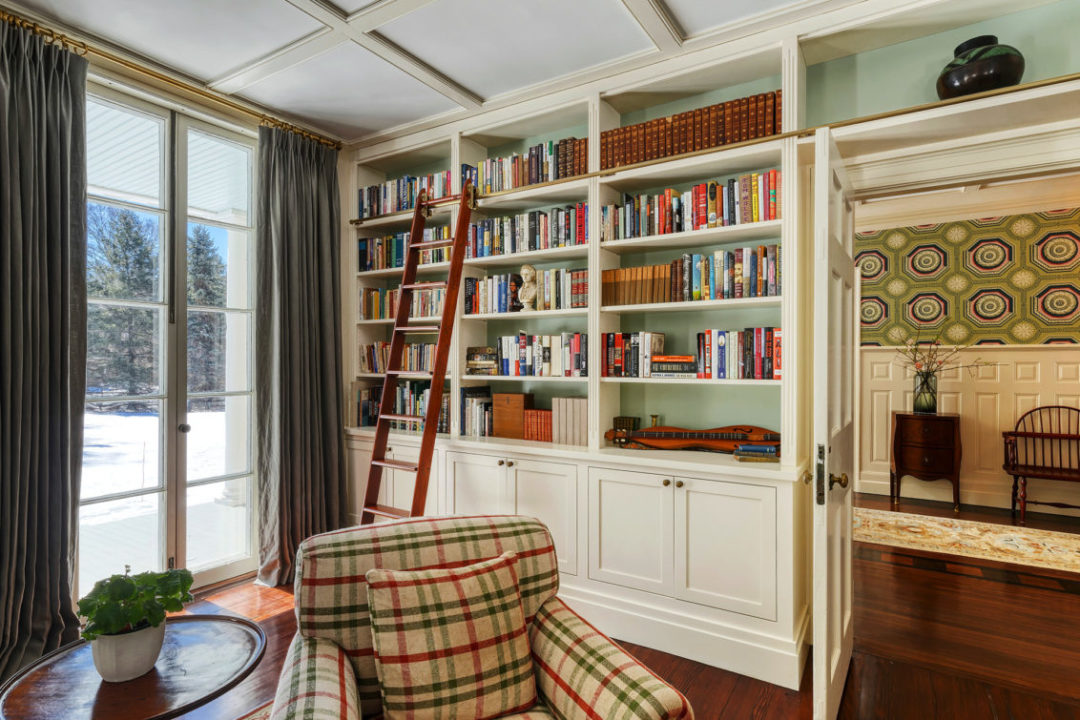1. HUDSON DESIGN Architects Getting to Know You
We like to design spaces that are like a well-fitted suit, tailored to you and your family’s specific parameters. When we meet you for the first time, we’ll talk about property and design, but we also want to know things like:
- Do you spend a lot of time outdoors?
- How do you entertain people during a Holiday?
- What do you do when you’re not working?
- Do you have any pets?
- What do you like to cook?
- Where do your children typically do homework?
We’ll also use this initial free meeting to discuss budgeting, goal-setting and make a wish-list of must-have features (also known as programming).
2. Data Gathering for the Environment Design
One of the keys to designing a memorable structure is understanding the environment around it. The environment includes physical characteristics such as light, the surrounding landscape and its features, and the history of an existing structure. It also includes invisible factors like building department processes and requirements, code analysis and feasibility studies. We ask questions such as:
- Where does the sun rise and set?
- How do the prevailing winds blow?
- What is culturally and contextually relevant?
- What is feasible with this site?
- If it’s an existing structure, how has it changed over time?
We gather data at this stage with site visits, photography and the use of drones, which aid us in exploring undeveloped or expansive sites. The birds-eye view gives us a vantage point that few get to experience, and insight that is useful in the planning stages of our projects.
3. Creative Architecture Planning and Problem-Solving
Creative problem solving is like working on a three-dimensional puzzle.
Every bit of data that we collected in the previous stages helps us solve the puzzle and plan your project. We start by brainstorming big-picture ideas and visions with hand-drawn sketches, eventually drilling down into schematic floor plans that incorporate your feedback. As we refine our designs, we eventually will arrive on a conceptual plan that allows us to start building rough construction timelines and budget estimates. For more complicated projects with a longer timeline, we may also recommend the preparation of a Conceptual Master Plan, which provides a wider array of options in the timing, scope, cost of construction work, and possibilities for your project.
Once the big picture is clear, we use 3D modeling software to visualize the details. We’ll map out possibilities for materials and finishes, exterior details, perspective renderings and virtual walkthroughs, helping you understand the nuances of the spaces that you will be inhabiting. The previews also help provide thoughtful feedback on things like materials, scope, and spiritual/spatial aesthetic.
4. Construction and Execution
Once we’ve chosen the path forward we’ll prepare thorough construction documents. This is where all of the ideas, schematics, and design decisions come together as a set of documents that include dimensions, notations, design components and precise material specifications that get all the way down to what kinds of nails to use.
Now it’s time to build! When it comes to the actual construction management and administration, we follow a philosophy called critical path scheduling. It’s a simple but powerful method for achieving project results on time. It encompasses all of the work cited in the construction documents, including everything expected of all vendors, contractors, suppliers and outside parties. We’ll make regular site visits during construction to ensure everything is being executed properly, and if adjustments are necessary, we’ll be your advocate for ensuring that costs are kept down without compromising on quality.
5. Final Steps and Finishing Touches with HUDSON DESIGN
It’s almost time to experience your new space. After the paint dries and any final interior design and landscaping touches are completed, we’ll take a final walkthrough with you to inspect everything. We’ll make sure that you have the information and documentation you need to maintain and care for every aspect of your property. Once you receive a Certificate of Occupancy, you can move in, and start enjoying the fruits of our labor; all of the sketches, schematics, drone videos, and 3D walkthroughs will pay off with you fitting into your property like a tailored suit.

















